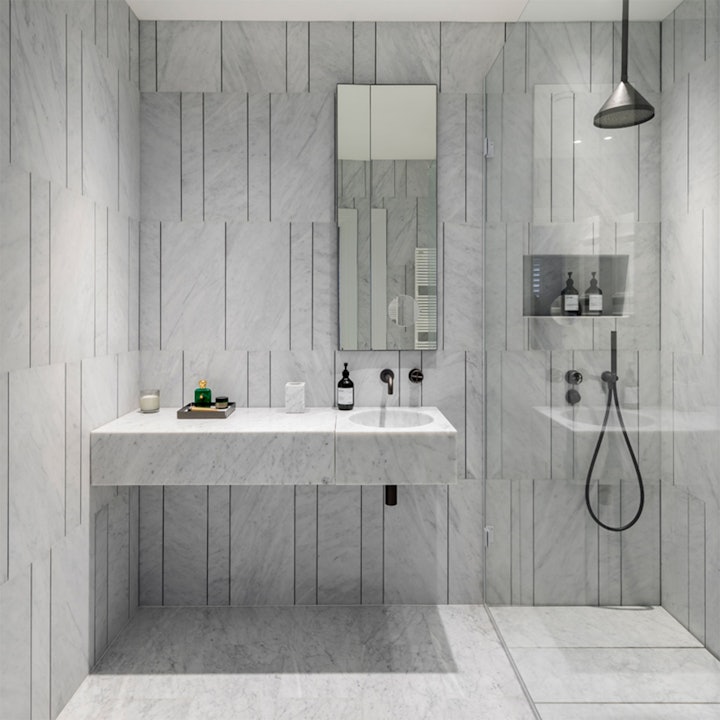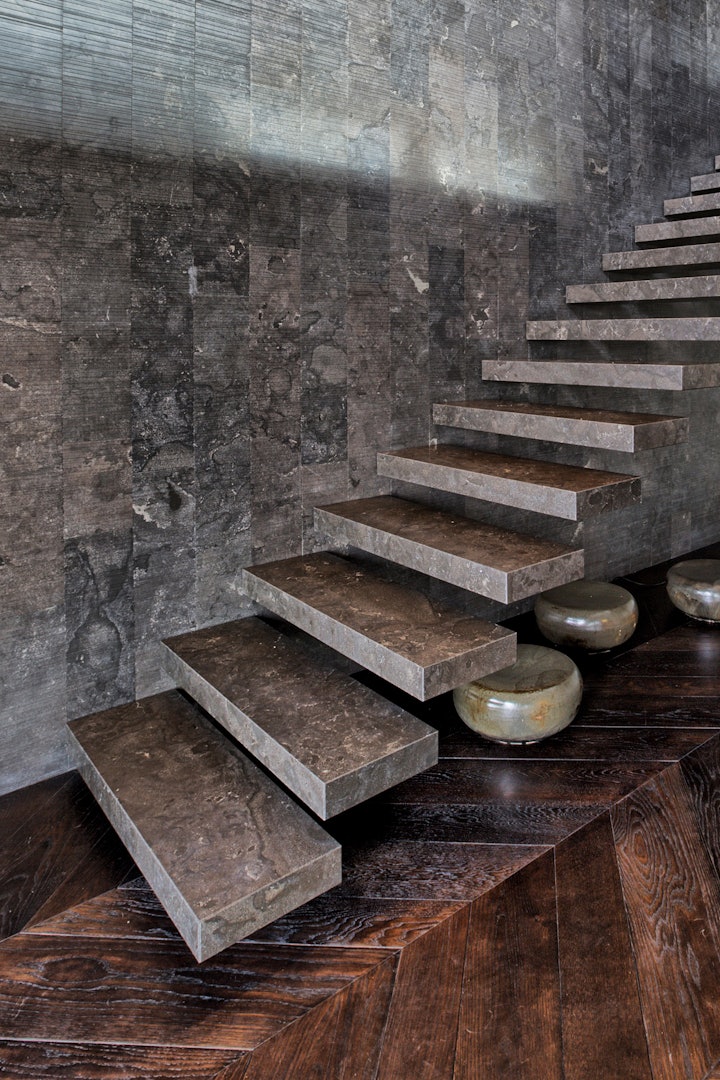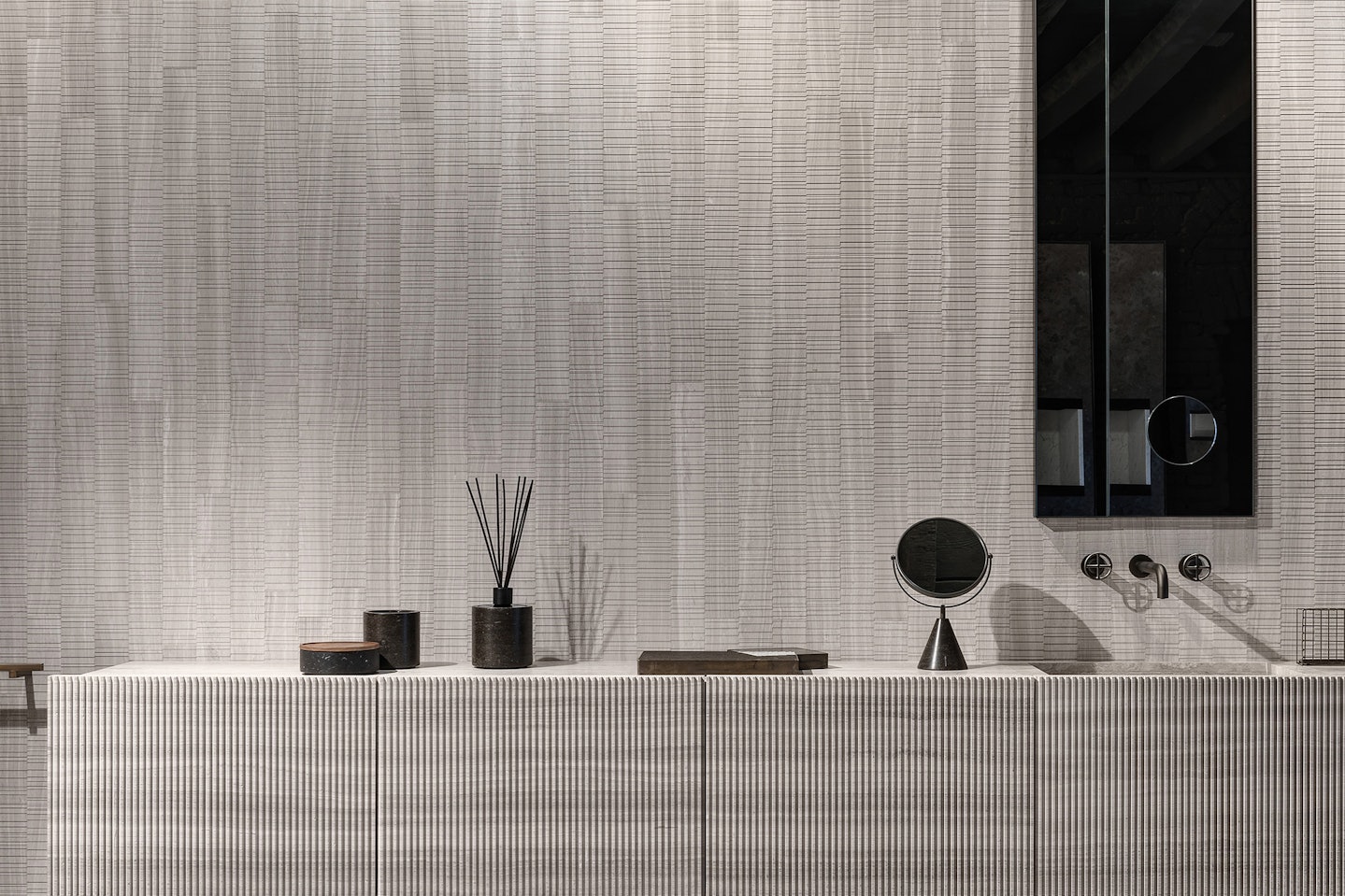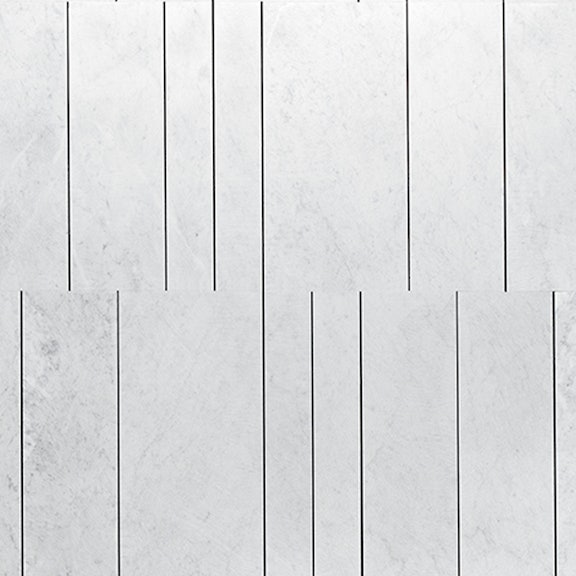Why BIM is a sound investment
03.2022
“BIM helps reduce costs in construction projects”
The bottom line on what BIM really means for clients, designers and developers
“BIM helps reduce costs in construction projects” or “BIM saves time because it creates efficiencies during the design and implementation phases” or “BIM identifies potential clashes and discrepancies during the design phase so that the actual construction runs more smoothly”.
These are all statements which are glibly trotted out to extol the virtues of BIM but taken in isolation they risk appearing as mere marketing slogans. We thought it would be useful to take a more structured look at how using BIM can be advantageous for the various parties involved in a typical construction project, whether they are clients, designers, suppliers, developers or involved in maintenance. We’ll also examine the benefits it offers on a project, phase-by-phase, right from the very start.

Preliminary planning (concept design)
- Advantage 1: reduced financial risk for all parties
Without doubt BIM increases the accuracy of cost estimates, meaning that feasibility studies from a budget point of view are easier to undertake, and of course, more reliable.
- Advantage 2: improved quality and features of the final structure or edifice
During the concept design phase BIM enables more informed choices by means of preliminary checks and studies regarding calculations, energy usage, structural strength and so on, using understandable simplified models.
The planning phase
- Advantage 1: smoother collaboration among designers, engineers and planners
Projects inevitably involve various types of designers, from architects and engineers to plumbers and electricians. BIM ensures that any modifications made in any detail or area of expertise are shared, and the impact on other elements of the project are calculated, thus reducing misunderstanding and errors which otherwise would only be discovered down the line.
- Advantage 2: accurate exchange of information among the various parties
As the models created by BIM are not just simple 3-D geometric representations, but instead are comprehensive databases of all sorts of variants (geometric, performance, financial etc), they provide a complete, efficient and secure source of information, with nothing being left to chance.
- Advantage 3: optimised availability of graphical information and model computerisation
BIM models are based on parametric data so it is a simple and automatic process to extract many types of information, not only in 2-D and 3-D form and as plans, perspectives, sections, but also abaci, quantities and calculations.
Every element within the model is interconnected so that any modification of any single object of a view, a perspective or an abacus does not live in isolation, meaning it is automatically reflected in the other components and outputs.

The construction phase
- Advantage 1: upfront resolution of clashes
A key benefit of BIM is that it can verify and resolve any clashes between the various systems (structural, plant and machinery, architectural) right from the start. Clearly, being able to identify such clashes during the planning phase rather than on site brings significant benefits and implications in terms of timing and costs.
- Advantage 2: smoother onsite management
Developing a model which is able to simulate up front every stage of construction work from setting up right through to dismantling improves the work flow once on site and helps minimise the likelihood of errors.
- Advantage 3: ability to incorporate any modifications made during construction
The model developed during the planning stage can be updated throughout the entire project in line with any modifications implemented during construction, which means the final model accurately represents the project as built.
Facility management
- Advantage: maintenance planning and control
BIM offers the option to insert attributes regarding the durability of materials. Once the project is complete, using facility management software, an eye can be kept on the condition of the various materials, in order to better plan maintenance.
In summary, it is difficult to argue with the premise that BIM should be considered a wise investment which will pay back in terms of cost, time and reputation when it comes to ensuring the quality and reliability of the increasingly more complex projects being designed and built today.



